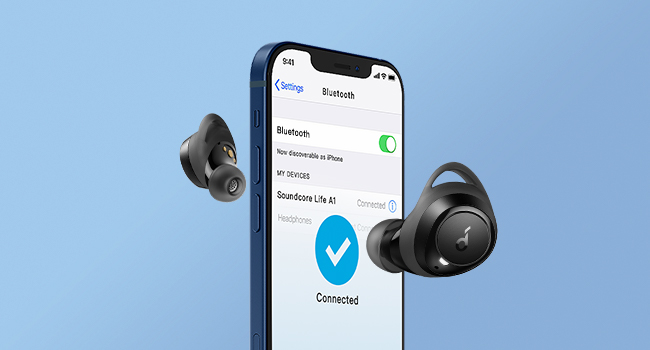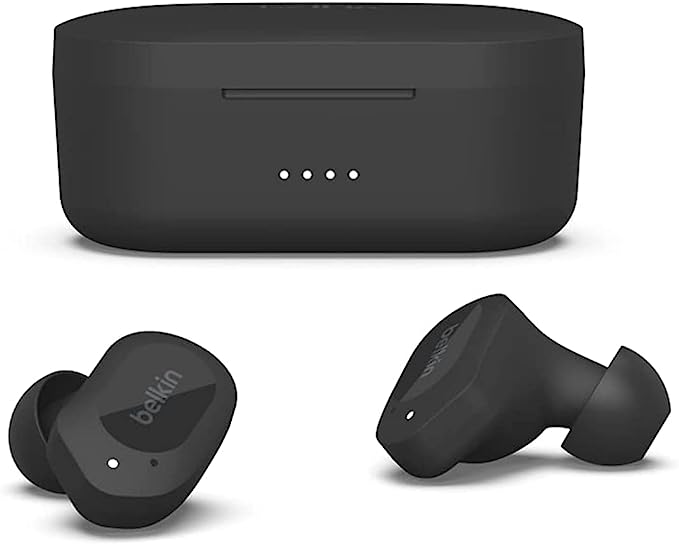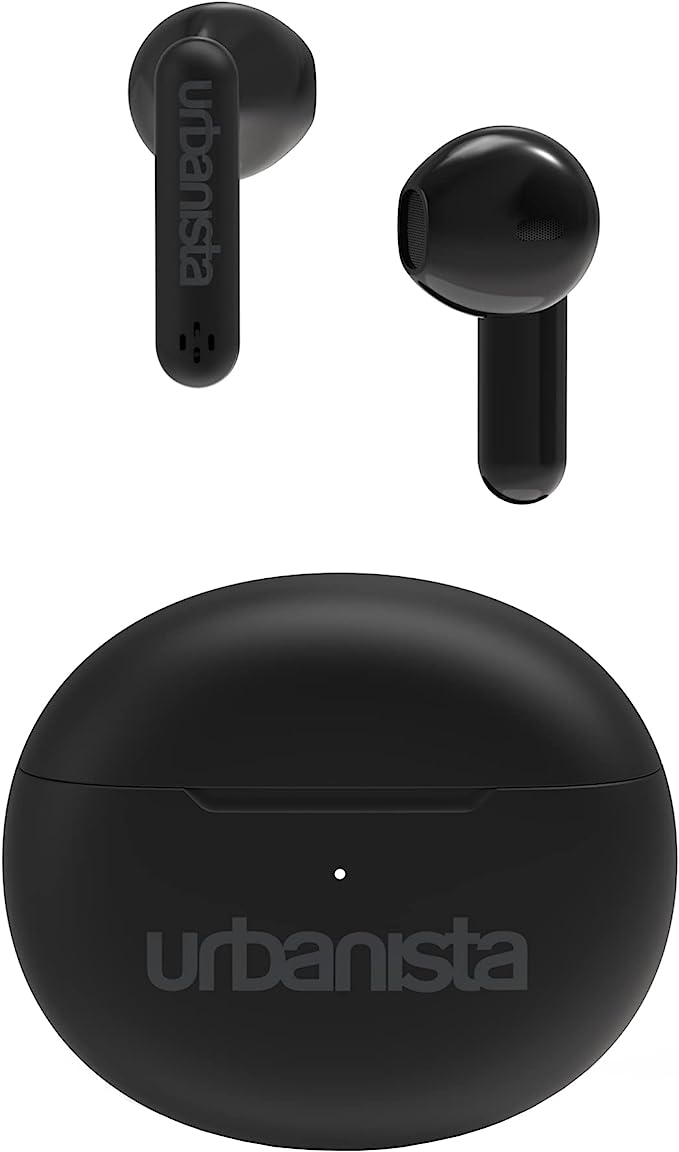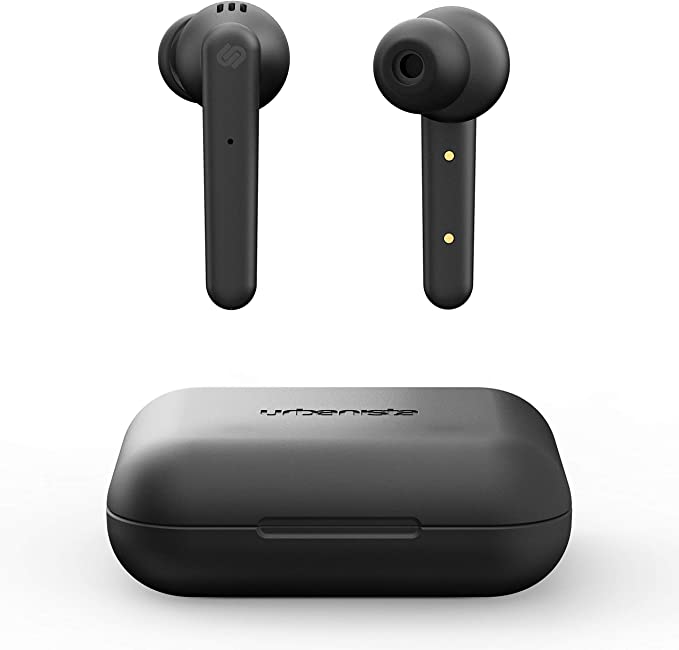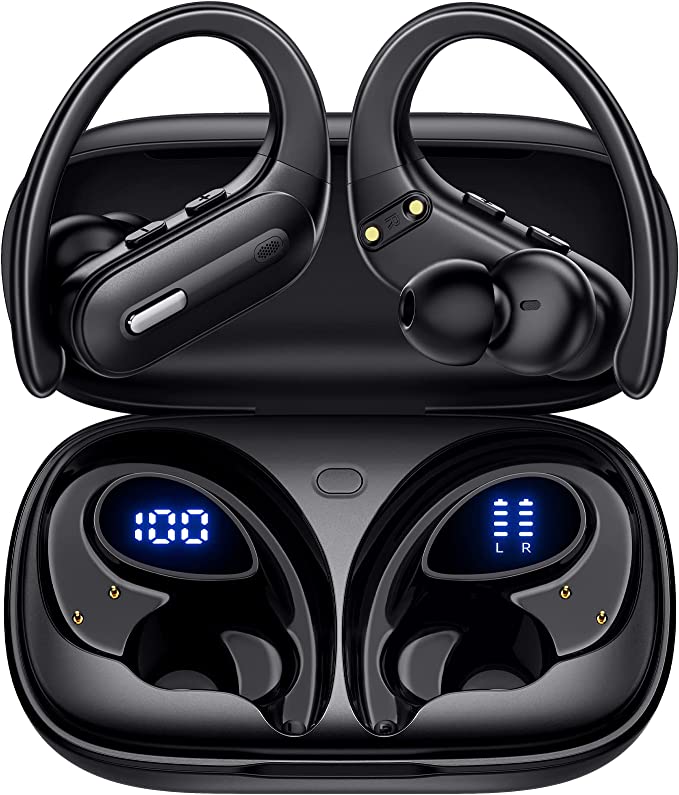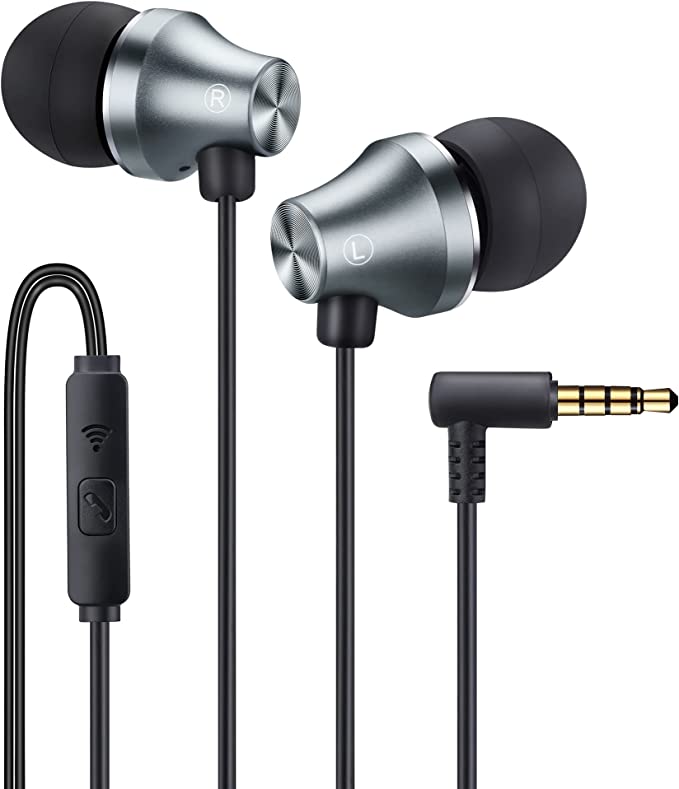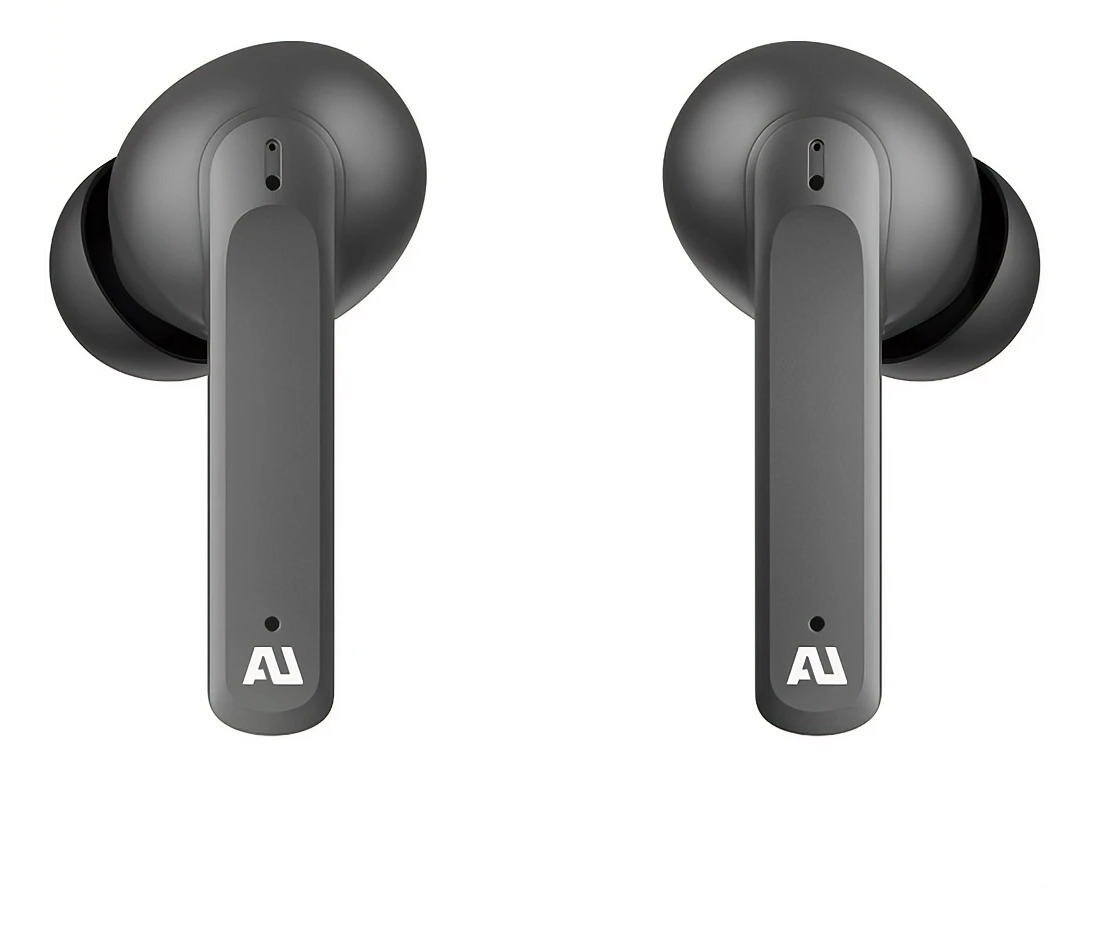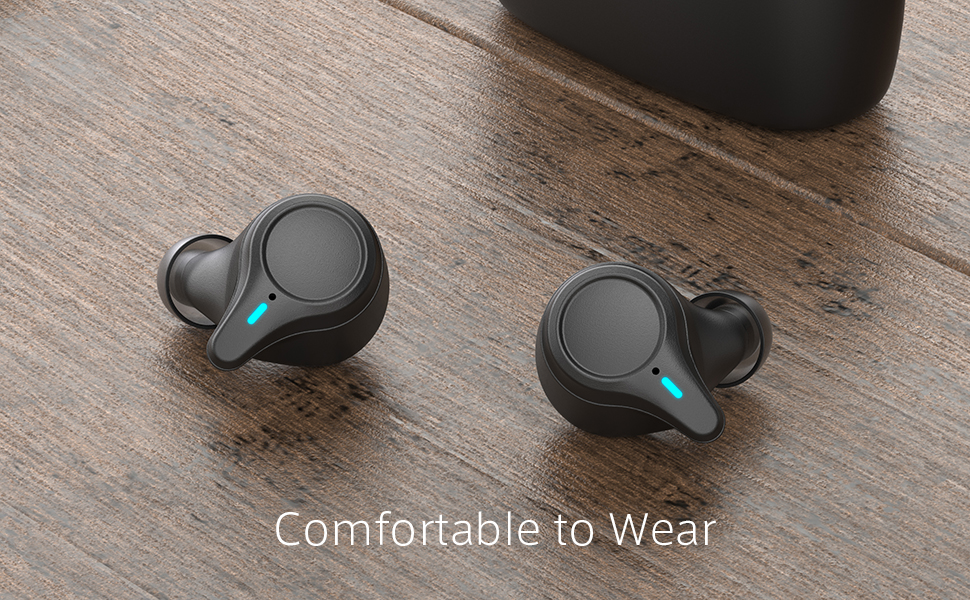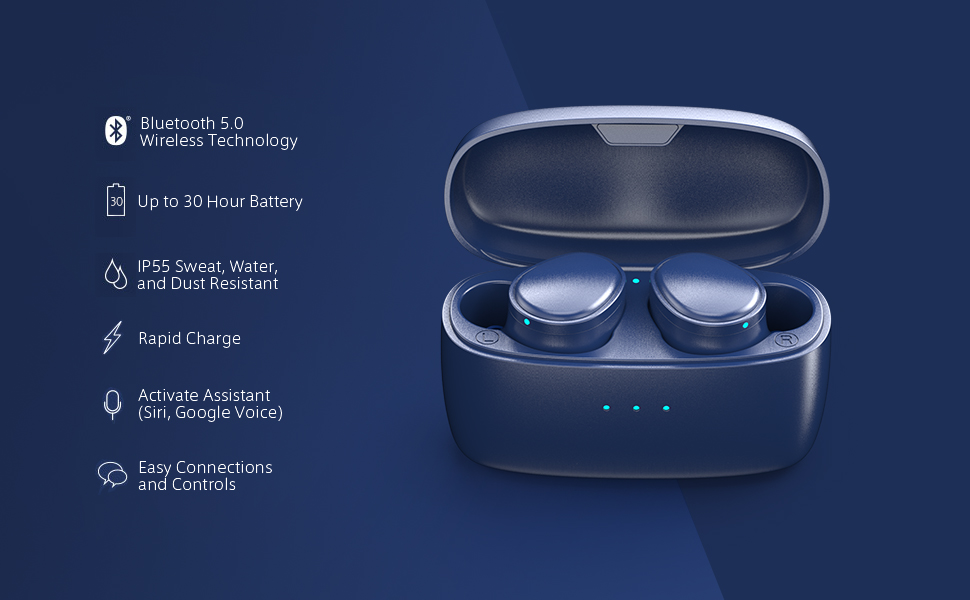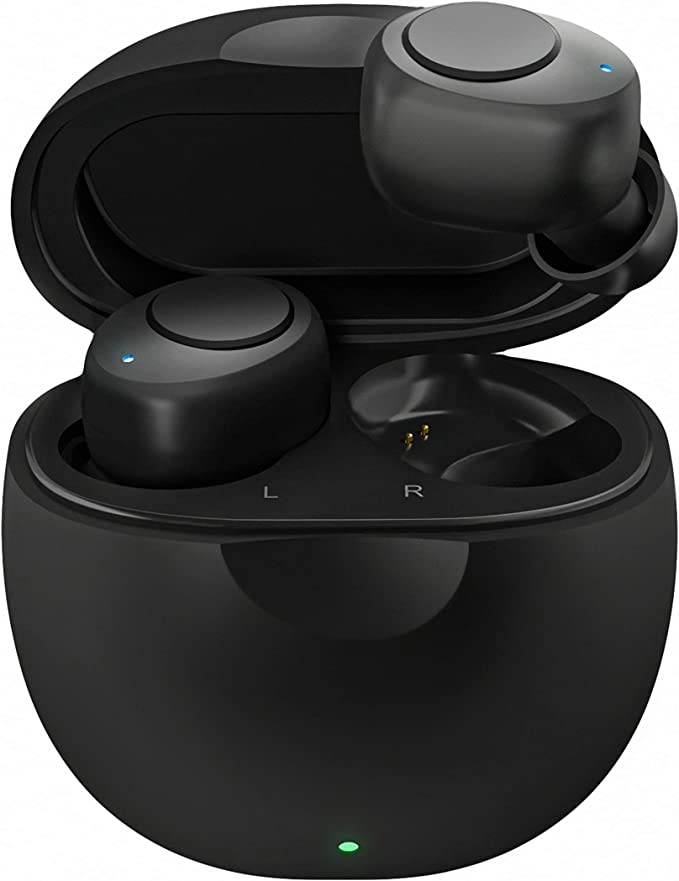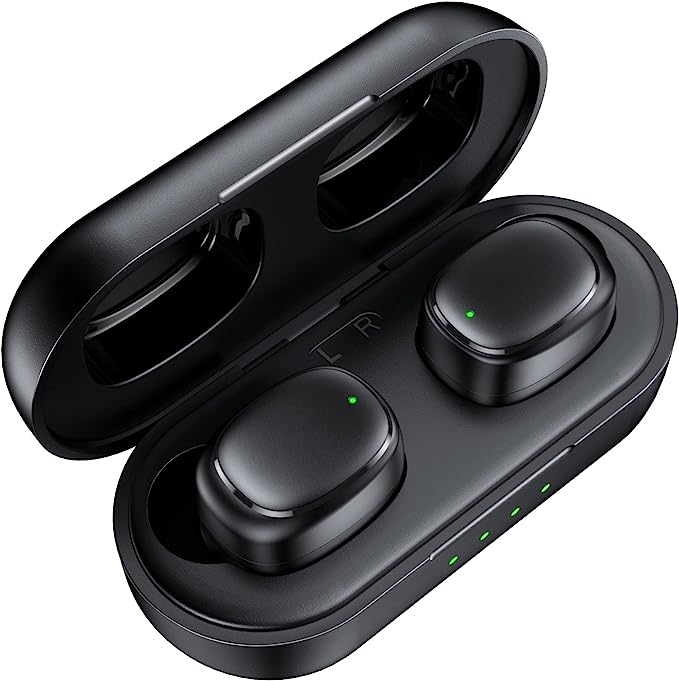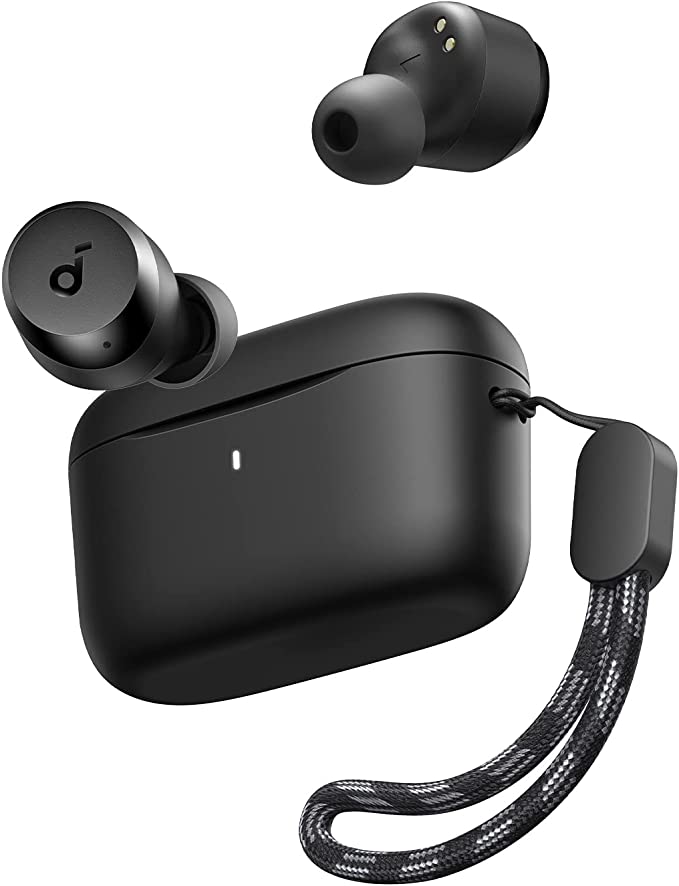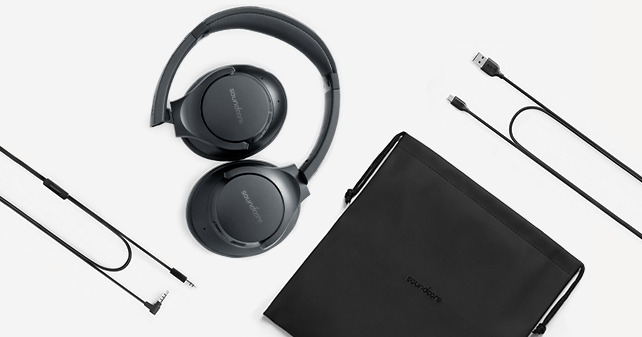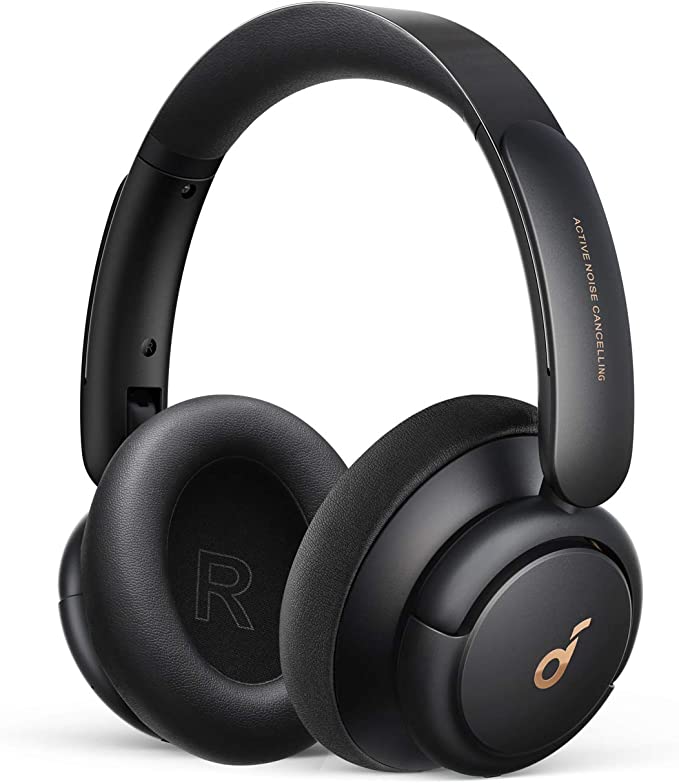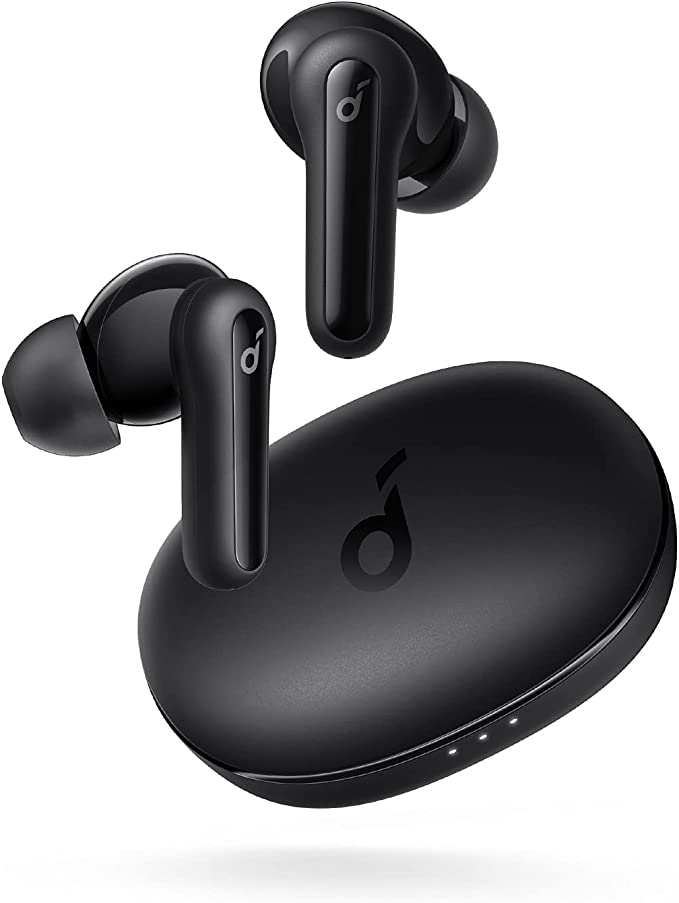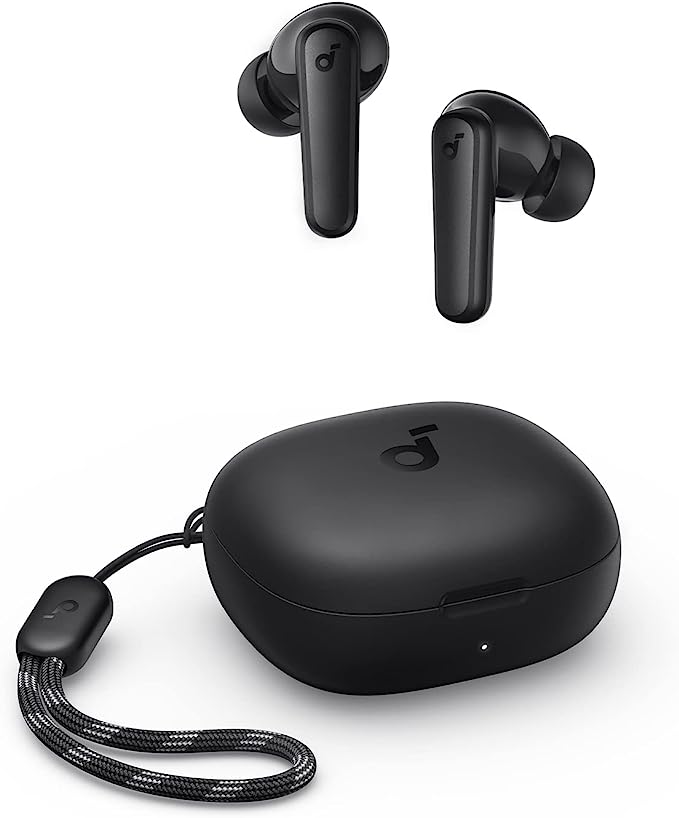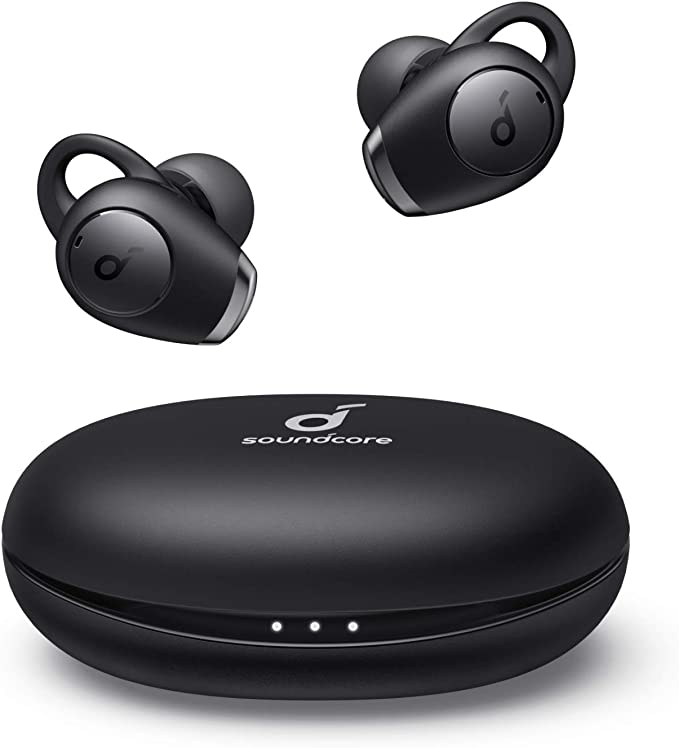Escape the Noise, Embrace the Sound: Samsung Galaxy Buds Plus
Update on July 5, 2025, 8:09 a.m.
There’s a quiet magic that happens the moment you place a pair of wireless earbuds in your ears. The chaotic symphony of the outside world fades, replaced by a universe of your own choosing—a favorite podcast, a nostalgic playlist, or the voice of a loved one on a call. These tiny objects, nestled almost invisibly, are potent tools for reshaping our personal reality. But have you ever paused to consider the sheer density of ingenuity packed into them? What complex orchestra of engineering decisions, scientific principles, and artistic compromises allows this pocket-sized technology to work its magic?
This isn’t a story about a perfect device. It’s something far more interesting. It’s the story of the Samsung Galaxy Buds Plus, a product that serves as a brilliant case study in the art of engineering. We’re going on a journey to deconstruct it, not as a collection of features, but as a series of elegant solutions to fundamental challenges. This is the unseen symphony of its design.

Crafting Sound – The Orchestra in Your Ear
Let’s start with the soul of the experience: the sound. Imagine settling in to listen to a richly layered piece of music—one with deep, resonant basslines, clear vocals, and shimmering cymbals. For over a century, the core challenge of audio engineering has been how to faithfully reproduce that entire spectrum with a single device. Many earbuds attempt this with a lone, full-range driver, akin to asking a single, albeit talented, musician to play every instrument in an orchestra. They might manage, but nuances will be lost; the cello’s growl might muddy the violin’s cry.
The engineers behind the Galaxy Buds+ chose a different path, one rooted in the acoustic principle of specialization. Inside each earbud lies a two-way dynamic speaker system. Think of it not as a soloist, but as a perfectly rehearsed duet. There’s a dedicated woofer, a larger driver optimized for the slow, powerful vibrations of low-frequency sounds (the cello). And there’s a separate tweeter, a smaller, nimbler driver designed for the rapid, delicate vibrations of high-frequency sounds (the violin).
This isn’t just a hardware choice; it’s a direct application of acoustic science. By dividing the labor, each driver operates in its comfort zone. The woofer isn’t strained trying to produce high-pitched squeals, and the tweeter isn’t bogged down attempting to create room-shaking bass. This “frequency division” results in a sound that is cleaner, more detailed, and less prone to distortion. It’s why users often praise the clarity and find that the “Dynamic” sound profile, which emphasizes this separation, feels so alive. The resulting sound is a direct consequence of a deliberate choice: to build a tiny orchestra for your ear, rather than relying on a single virtuoso.

Cutting Through the Noise – The Cocktail Party Trick
Now, picture yourself in a bustling café. The clatter of ceramic, the hiss of the espresso machine, and the murmur of a dozen conversations create a wall of sound. Your phone rings—it’s important. You answer, and somehow, the person on the other end hears you, not the chaos around you. How?
Your brain performs a similar miracle constantly. It’s called the “cocktail party effect,” our innate ability to focus on a single speaker in a noisy room. The Galaxy Buds+ attempts to replicate this neurological feat with pure engineering: a three-microphone array guided by clever software.
Here’s how the trick works, based on the fundamental physics of sound waves. Two external microphones on the outside of the earbud act like a pair of keen ears. When you speak, the sound waves of your voice reach each microphone at a slightly different time. The earbud’s processor instantly calculates this minuscule delay to pinpoint the exact direction your voice is coming from. This allows it to create a focused listening cone—a “beam”—aimed at your mouth. It’s a digital version of cupping your hands to your ears to hear better, a technique known in signal processing as beamforming. It uses the principle of constructive interference, amplifying sound from your direction while canceling out noise from others.
To make the trick even more convincing, a third, internal microphone listens from inside your ear canal. It picks up the vibrations of your voice traveling through your jawbone. Since this internal mic is shielded from most outside noise, it provides a clean, high-fidelity reference of your voice. The software then compares the “beamed” signal from the outside with the clean signal from the inside, algorithmically subtracting what doesn’t match—that is, the café noise. It’s this multi-layered strategy that led users to consistently praise the call quality, transforming a chaotic environment into a clear line of communication.
The Eleven-Hour Marathon – The Art of Packing Light
For the first generation of true wireless earbuds, “battery anxiety” was a constant companion. A two-hour flight could be a gamble. The Galaxy Buds+ shattered that expectation with an astonishing eleven hours of continuous playback on a single charge. This wasn’t an incremental improvement; it was a paradigm shift that made all-day, worry-free listening a reality.
This endurance isn’t magic; it’s a triumph of electrochemistry and efficiency. The core of this power is the Lithium-Polymer (Li-Po) battery. Imagine trying to pack a week’s worth of clothes into a small carry-on bag. That’s the challenge of battery design. The key is energy density, and Li-Po chemistry allows for an incredible amount of energy to be stored in a very compact, lightweight, and flexible form.
But a big fuel tank is useless without an efficient engine. The second half of the equation is the Bluetooth 5.0 chipset. Governed by the IEEE 802.15.1 standard, this generation of Bluetooth was designed with low-energy communication as a priority. It sips power, ensuring that the precious energy stored in the battery is converted into hours of audio, not wasted heat or inefficient data transfer. This synergy between a high-density power source and a low-consumption processor is what allows you to board a transatlantic flight, listen to music gate-to-gate, and still have power to spare—a feat that users consistently found to be one of the product’s most liberating features.
The Invisible Wall – A Duel with Physics
Now for the final act, and the most revealing one when it comes to the art of compromise. Imagine you’re heading out for a run, feeling energized. You’ve got your playlist ready, you put your phone in your pocket, and… the music stutters. It cuts in and out, a frustrating disruption to your rhythm. Many might blame a “bug” or a “defective” unit, but more often than not, you’re experiencing a direct confrontation with the laws of physics.
Bluetooth, like Wi-Fi and microwaves, operates in the 2.4 GHz radio frequency band. This frequency has a peculiar relationship with water. And the human body, being about 60% water, acts like a big, walking sponge for these signals. When your phone is in your pocket, your body is literally an obstacle—an invisible wall—between the transmitter (your phone) and the receiver (the earbud).
For a true wireless system where a signal must often travel from the phone to a primary earbud and then be relayed to the secondary one, this “body-blocking” effect can be devastating. The signal, already weakened by the first leg of its journey, can be fatally absorbed before it completes the circuit. This isn’t a flaw unique to this product; it’s a fundamental physical constraint that every wireless audio engineer must contend with. It is the ultimate trade-off: the incredible freedom of being untethered comes with a vulnerability to the very physics of the environment around us—and the environment within us. Similarly, the decision to forego complex, power-hungry audio codecs like AptX in favor of simpler ones was another deliberate choice, prioritizing battery life and stability over the fractional gains in audio fidelity or latency that only some users might notice.
The Beauty of Imperfection
As we conclude our journey, the full picture of the Samsung Galaxy Buds Plus comes into focus. It is not a flawless monolith of technology. It is a tapestry woven from brilliant solutions and necessary compromises. The rich sound from its dual drivers, the stunning clarity of its microphone array, and its marathon-like battery life are all testaments to ingenious engineering. Its occasional connectivity hiccups are a reminder of the physical laws that even the cleverest designs must obey.
And in this, there is a profound lesson. True innovation in the products we love is rarely about achieving absolute perfection. It’s about a deep understanding of limitations and the wisdom to choose which problems are most important to solve for the people who will use it. It’s the art of the elegant trade-off. The next time you pop in your earbuds and the world transforms, take a moment. You’re not just listening to music; you’re experiencing the beautiful, unseen symphony of human ingenuity.
